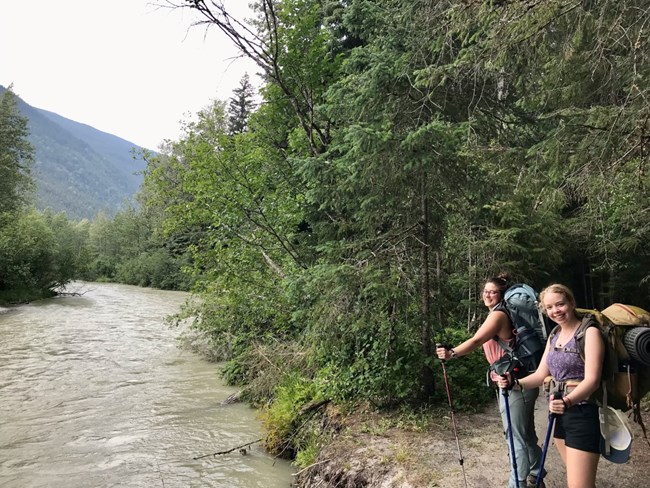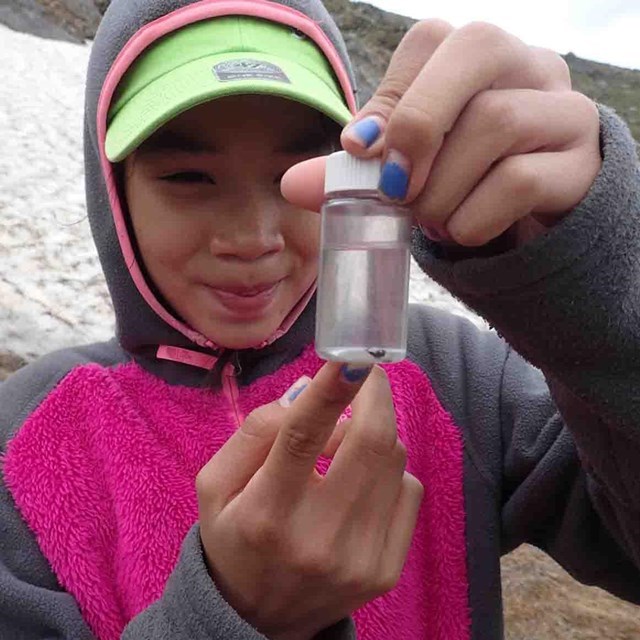Part of a series of articles titled Observing Change in Alaska's National Parks.
Article
Climate Change and You
What do these changes mean to me? Why should I care?

NPS
It’s important to understand that climate change isn’t just an academic issue for scientists and resource managers. Firsthand experiences with climate change can be dramatic, life-changing, and sometimes life-threatening for people who work, live, and travel amid such changes.
Why should you care if the sea ice is changing, or winters in Alaska are warmer and wetter? Because what happens in the Arctic doesn’t stay in the Arctic. A shifting Arctic climate has global environmental, economic, and social implications. For example, the Arctic helps regulate the world’s temperature and global weather patterns, so changes in the far north can cause more storms, wildfires, drought, and flooding in lower latitudes. Because global climate is interconnected, activities outside the region can influence climate in the far north.
What environmental changes have you noticed in your own community? Different plants, animals or birds? Warmer temperatures? Changes in the timing of the seasons? More or less rain? Stronger storms? More frequent and intense wildfires?
How can I help?

NPS
-
Learning to adapt to Earth’s changing climate, even as we work together to slow that change, isn’t easy. It will likely result in a significantly different way of life for most of us, regardless of where we live. The best way to better understand how climate change is affecting you and your community is to be curious, observe your surroundings, and start asking questions.
-
Conduct oral history interviews with long-time residents to record their observations of change in your community.
-
Be a Citizen Scientist! Observe and document the plants and animals you see in your own backyard, at your school, or in a local park.
-
Record and share your own thoughts on and observations of local environmental and climate change.
-
Share knowledge and experiences to learn from other communities experiencing impacts from climate change.
-
Create a Call to Action! Talk with your friends, your family, your neighbors. Share the impacts of climate change that you’ve experienced and ways you are addressing climate change in your daily life to help encourage others to take action, regardless of where they live.
-
Form a group to advocate for climate adaptation planning in your community.
-
Daily actions can be contagious! When possible, help out by picking up litter, conserving energy in your home, making fewer trips in your car or riding a bicycle, growing your own vegetables, or reducing food waste by using a compost pile.
-
Are you a teacher? Check out our curriculum related to researching change in your community.
Last updated: September 7, 2023
